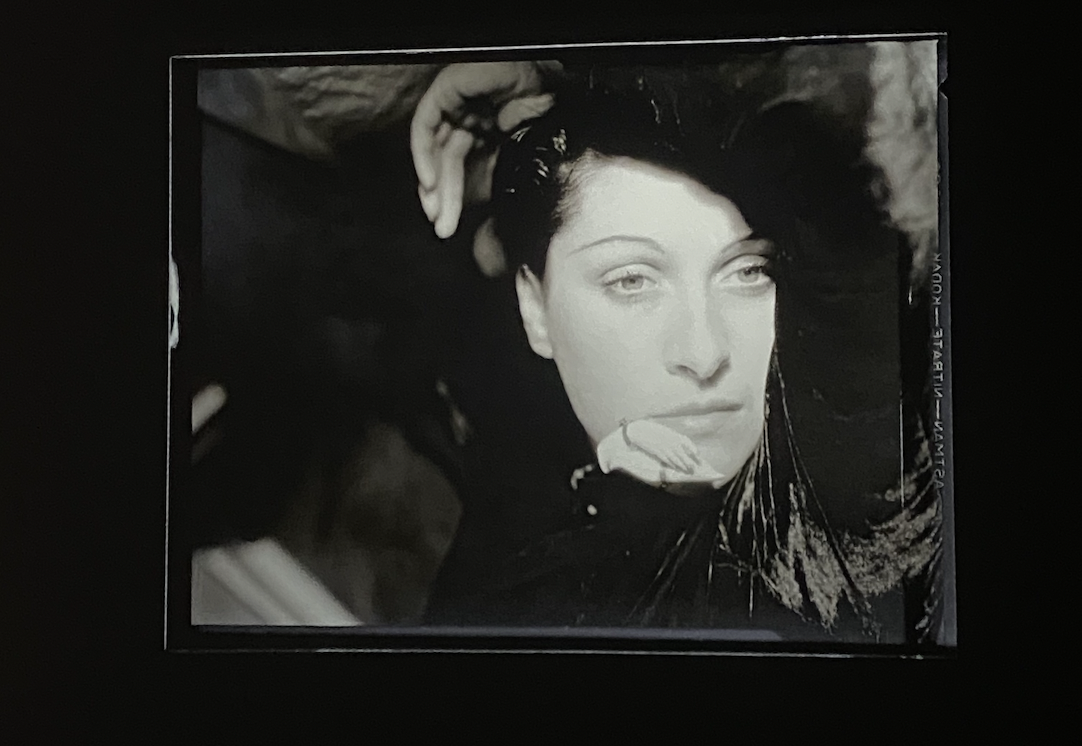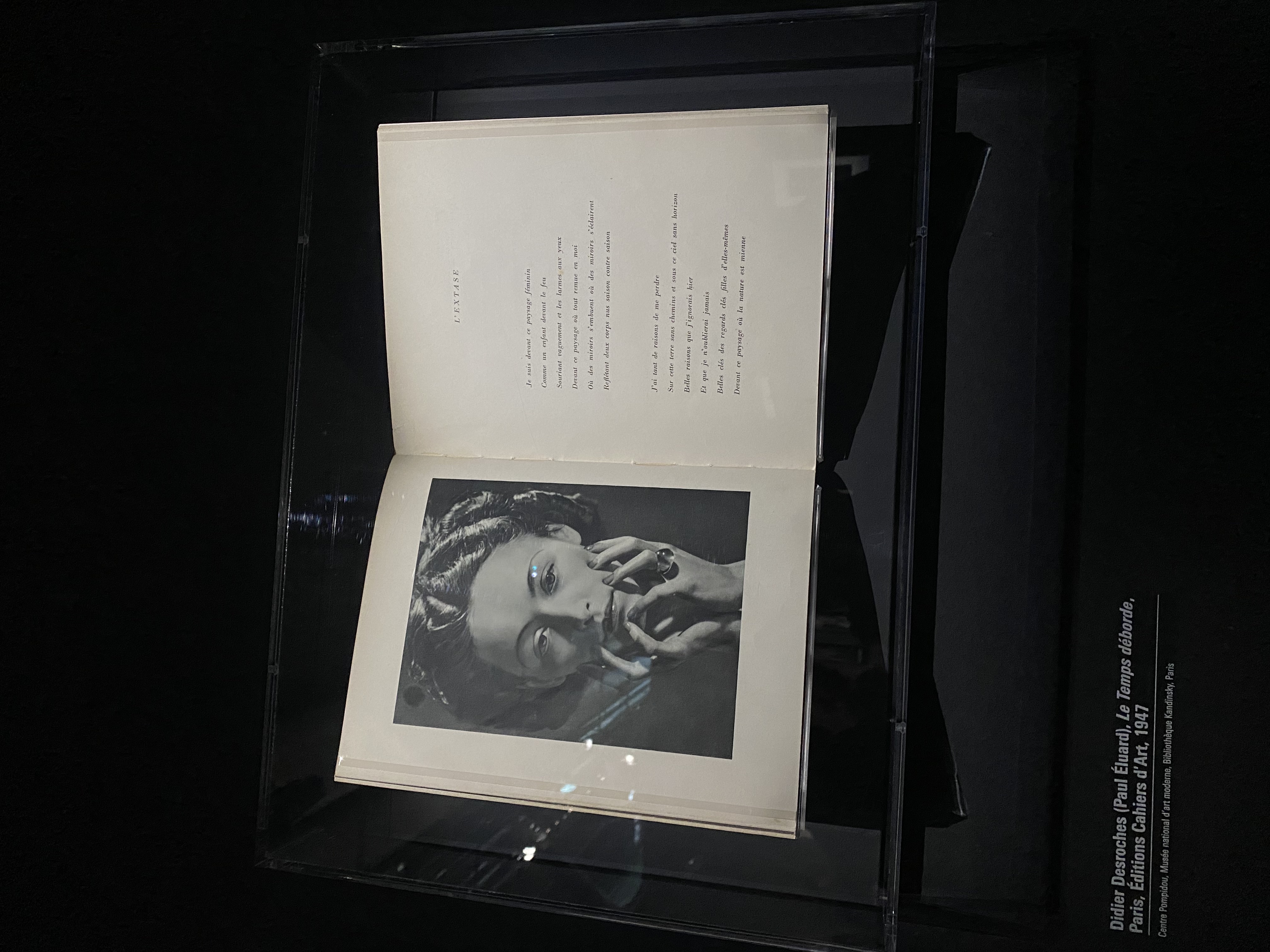The Surrealist Legacy of Paris

One hundred years ago, in October of 1924, André Breton wrote his Surrealist manifesto, titled Manifeste du surréalisme. The early Surrealists were notorious for their split ideological differences — one camp, led by Yvan Goll, included artists such as Robert Delaunay, and the second, led by Breton himself, included poets such as Louis Aragon and Paul Éluard. Breton and Goll’s beliefs concerning surrealism were on such opposite ends of the spectrum that the two allegedly once went head to head in a physical altercation at the Comédie de Champs-Élysées over rights to the term. Many Surrealist manifestos and movements would follow in the years to come, many using Breton’s as the skeleton for their sub-movements.
In Paris today, you can discover a wealth of places that continue to preserve the Surrealists' legacy. In the heart of Paris, a meticulously recreated copy of Andre Breton's workshop is housed in the Centre Pompidou (4th arrondissement). Perched on the fifth floor, the wall is a fascinating cabinet of curiosities adorned with artworks, African masks and shields, statues, and more from his personal collection. The museum also boasts a rich collection of other works by Surrealist artists.

A poetry book by Paul Éluard, under the pseudonym Didier Desroches, at the Centre Pompidou. Image credit: Zara Abubakar
In the neighboring 3rd arrondissement, you'll find the restaurant Auberge Nicolas Flamel. André Breton and poet Robert Desnos were captivated by the fifteenth-century scribe Nicolas Flamel, who is said to have been an alchemist and discovered the philosopher's stone. Flamel's home, believed to be the oldest in Paris, is now a private residence and restaurant serving modern French dishes, a unique blend of history and contemporary culture.
Further outside the center of Paris, in the 17th arrondissement, right next to Place de Clichy, is Café Cyrano. A group of the Surrealists, including Breton, would host meetings here to discuss their work. At these meetings, one could catch the likes of Man Ray or Max Ernst, who shunned the intellectual circles and salons of the Latin Quarter, which they considered to be old-fashioned.
Nearby, in the 18th arrondissement, is the St. Ouen flea market. André Breton was obsessed with found objects, or "objets trouvés." In his 1928 novel Nadja, Breton writes: "I am often there [the Saint Ouen flea market], looking for objects one cannot find anywhere else — out of fashion, broken, useless, almost incomprehensible." Breton thought that the choice of whatever object or knick-knack one bought was indicative of one's subconscious, dormant desires.

A newspaper article dedicated to Dada and Surrealist artist Man Ray, at a stand in the St. Ouen flea market. Image credit: Zara Abubakar
Further away in the 20th arrondissement is the Père Lachaise cemetery, the largest cemetery in Paris, at 110 acres. It has over 3.5 million visitors annually, making it one of the most visited cemeteries in the world. Try your best to skip the highly-visited grave of Jim Morrisson—the burial places of surrealist artists such as Max Ernst are in the cemetery as well.
A guide to tracing the footsteps of the Surrealists:
1. Centre Pompidou - Place Georges Pompidou, 75004
2. Auberge Nicolas Flamel/Maison de Nicolas Flamel - 51 Rue de Montmorency, 75003
3. Café Cyrano - 3 Rue Biot, 75017
4. Les Puces de Saint Ouen - 75018
5. Cimetière du Père-Lachaise - 75020





